Space seemed like the final frontier back in 1985. The Cold War was still going strong, and tensions between superpowers...
newest post
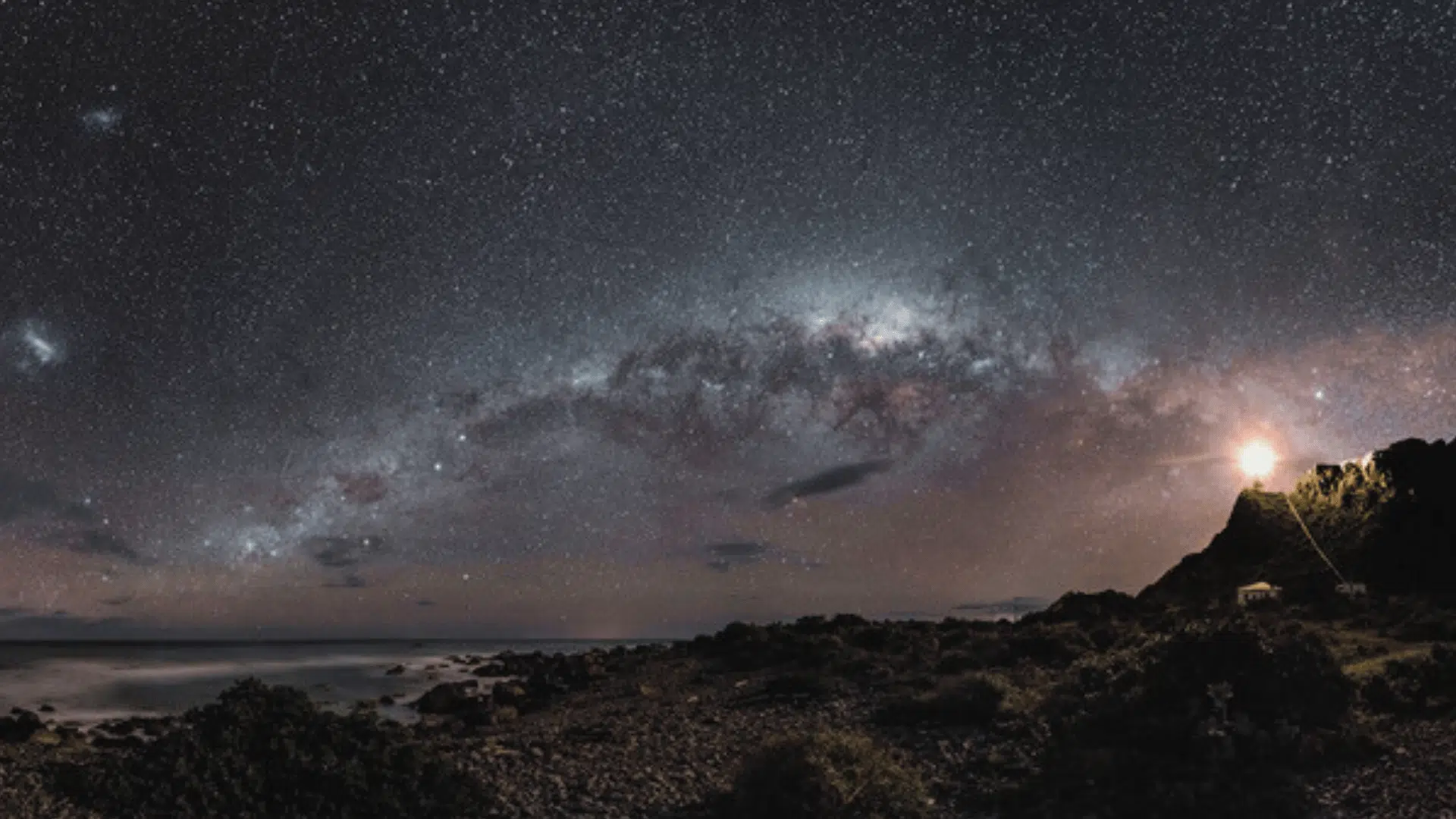

Have you ever looked up and wished you could see the Milky Way night sky? This glowing band of stars stretches across the heavens like a silver ribbon, reminding us of the vast galaxy we call home.








Navy SEAL, Harvard-trained doctor, NASA astronaut. The man’s resume reads like someone playing life on impossible mode and...
Neil Armstrong walked on the moon, but back on Earth, he was a husband and father. The legendary...
Most people know Neil Armstrong as the first person to walk on the moon. But there’s so much...
Buzz Aldrin’s name brings to mind images of the moon landing, space suits, and American flags planted on...
Space seemed like the final frontier back in 1985. The Cold War was still going strong, and tensions between superpowers...
In 1962, John Glenn climbed into a tiny capsule called Friendship 7, ready to do what no American had done...
Space has always held mysteries that pull us closer to answers we didn’t know we needed. In 2015, NASA astronaut...
Most people think meteorites are just space rocks that fall from the sky. They’re not entirely wrong, but not all...
Space exploration costs a lot of money. Many people wonder if it’s really worth it. Governments and private groups spend...
The Hill Aerospace Museum is a place where history and aviation come together. Visitors can see dozens of aircraft, missiles,...
Darius Flynn writes about the universe and everything that makes it so fascinating. From galaxies and black holes to the mysteries we’re still trying to understand. He loves making big space ideas simple and exciting to read. Before joining PhilipMetzger.com, he worked on astronomy content for universities and science museums. The mission remains to understand the cosmos with clarity and inspiration.


Looking at the sun from Earth, it seems close enough to reach there. But this blazing ball of...
Looking up at the stars, most people wonder what’s out there. But have you ever wondered if you...
The Moon has been a part of human stories for a long time, and it still brings a...
Ever stared at the sky and wondered if there’s another you out there, living a totally different life?...
Looking at a map from 100 years ago feels strange. Places that once took months to reach? Now...
The planets in our solar system range from extremely hot to freezing cold, each with its own unique...
Understanding the order of planets from the Sun is one of the first steps in learning about our...
Have you ever wondered why planets don’t move in perfect circles around the sun? The answer is elliptical...
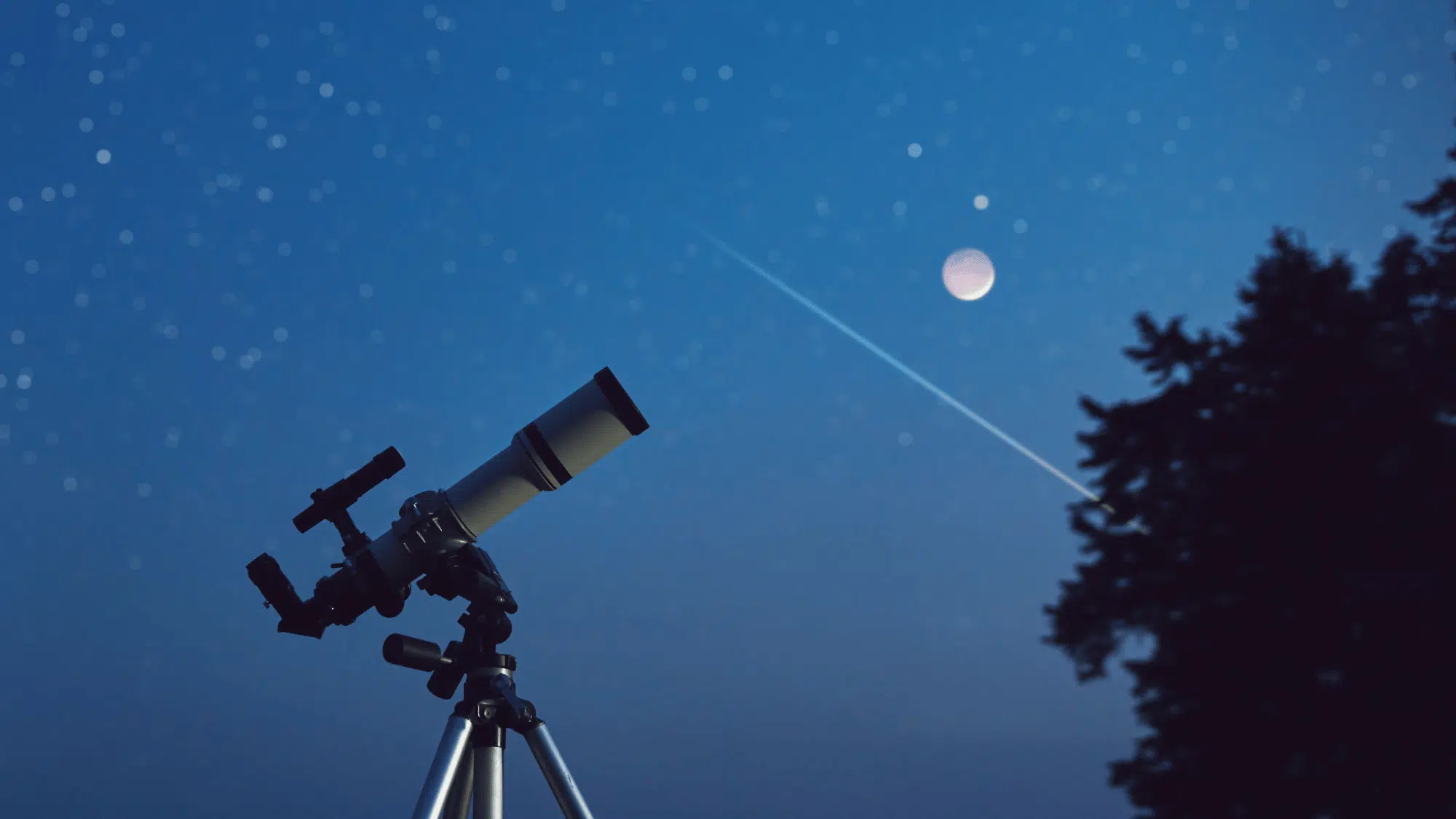

Ever looked up at a star-filled sky and wished you could capture that magic? Most people think photographing the Milky Way requires years of experience. But the truth is, it doesn’t. With a few simple techniques and the right settings,...
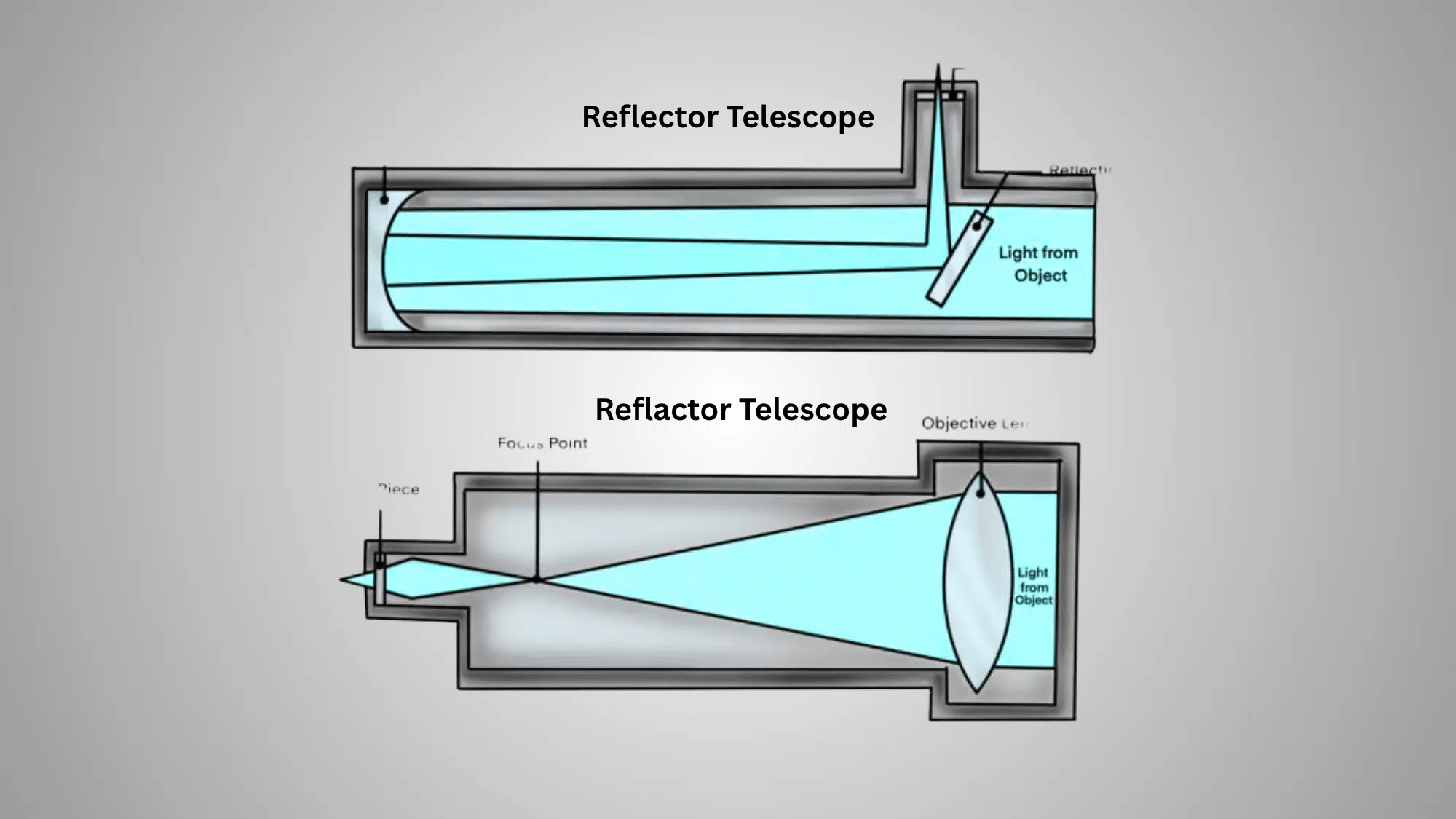

Choosing between a refractor and vs reflector telescope can be confusing for people just starting with astronomy. Both types help stargazers see planets, stars, and other space objects, but they work in different ways. Refractor telescopes use lenses to gather...
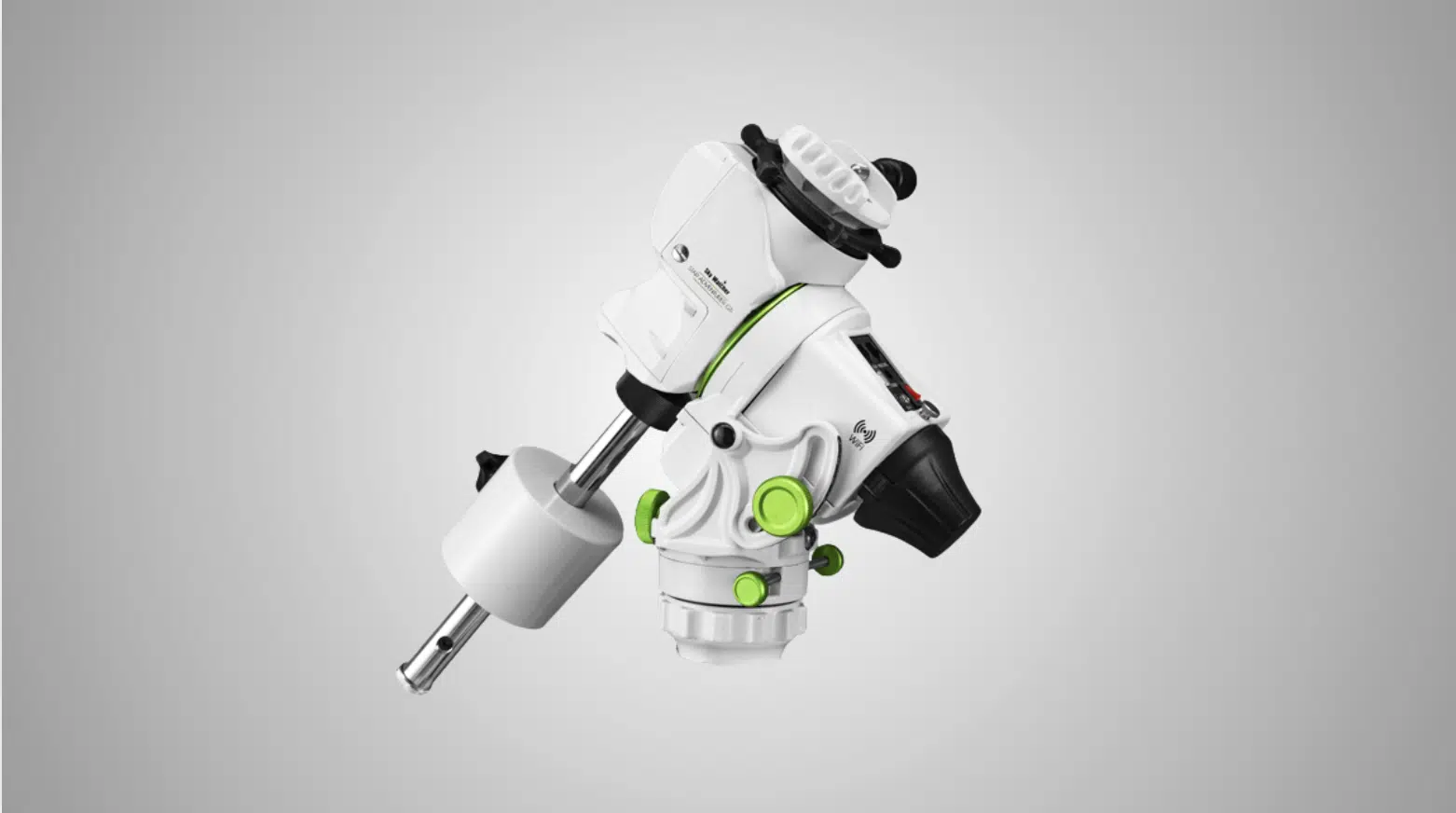

Astrophotography is hard. You spend hours setting up equipment, aligning mounts, and fighting with tracking systems. Then your images turn out blurry or the stars look like trails instead of points. And you’re not alone – countless photographers struggle with...
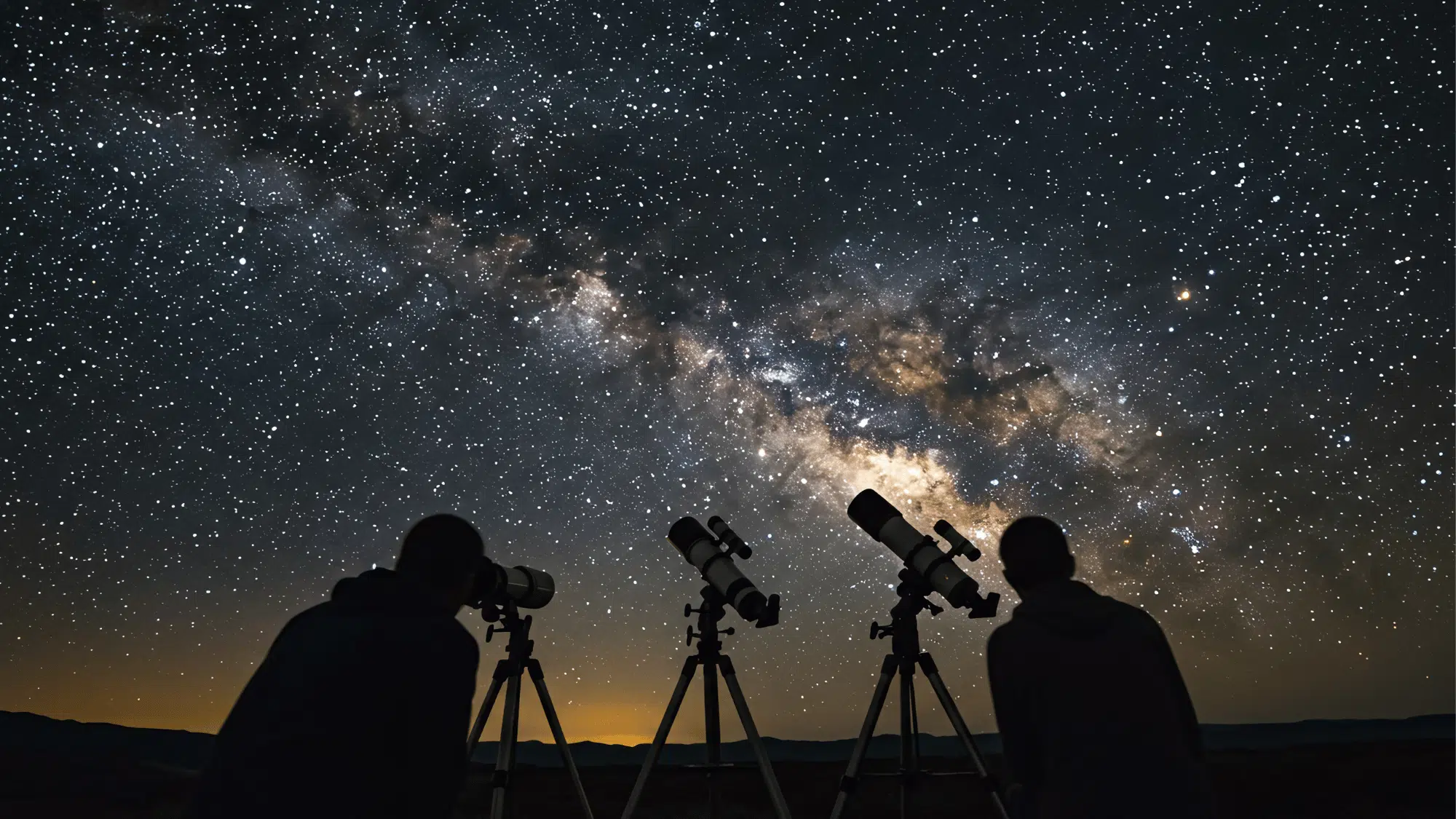

Curious about what you will actually see when you point a telescope at the night sky? Many people expect stars through telescope views to show colorful, detailed close-ups like photos from space agencies. The reality differs significantly from the processed...
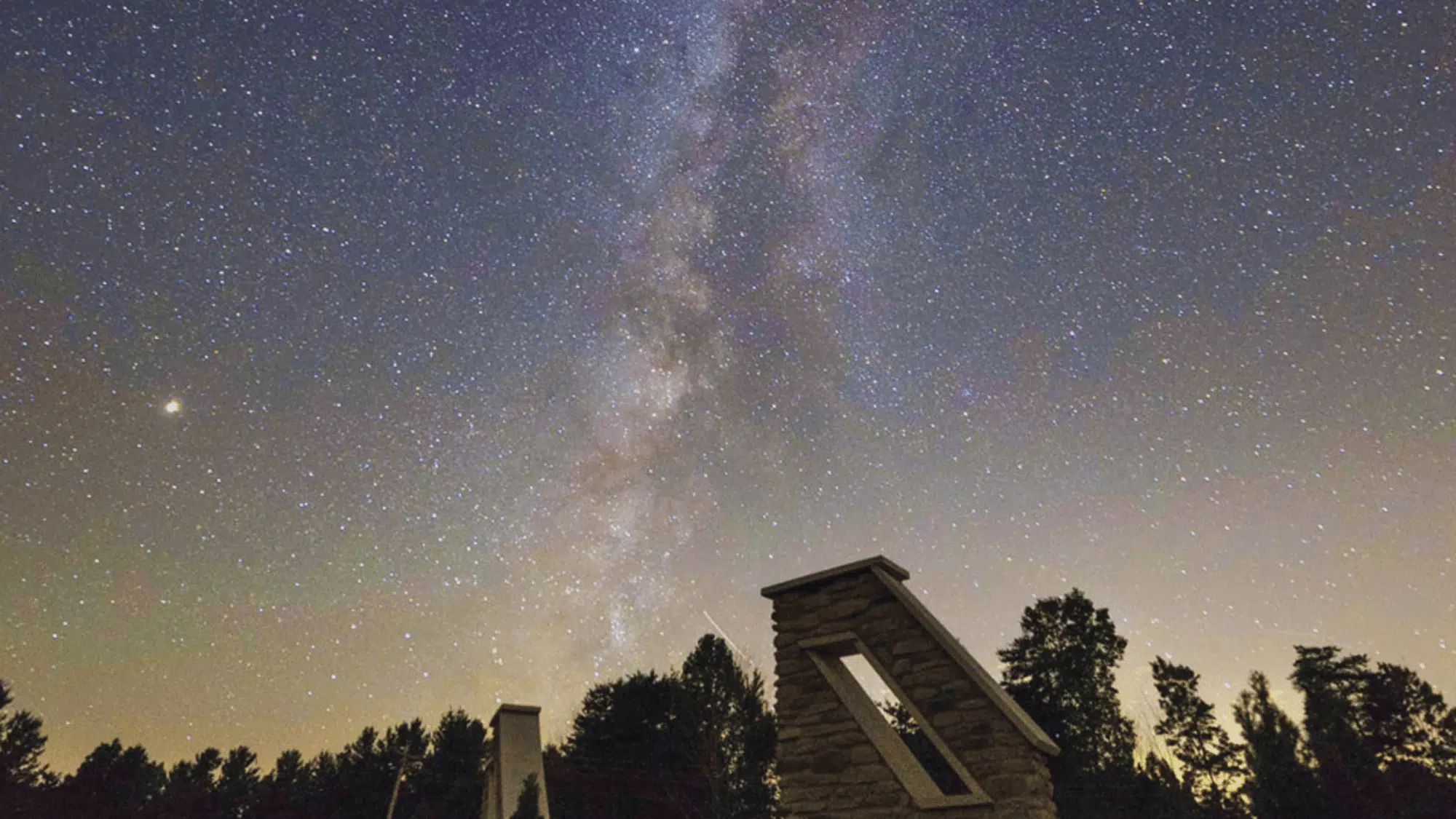

Have you ever wondered what it’s like to see the universe without leaving Ohio? John Glenn Astronomy Park offers an opportunity for families and space enthusiasts to find the wonders of the night sky together. This blog post covers everything...
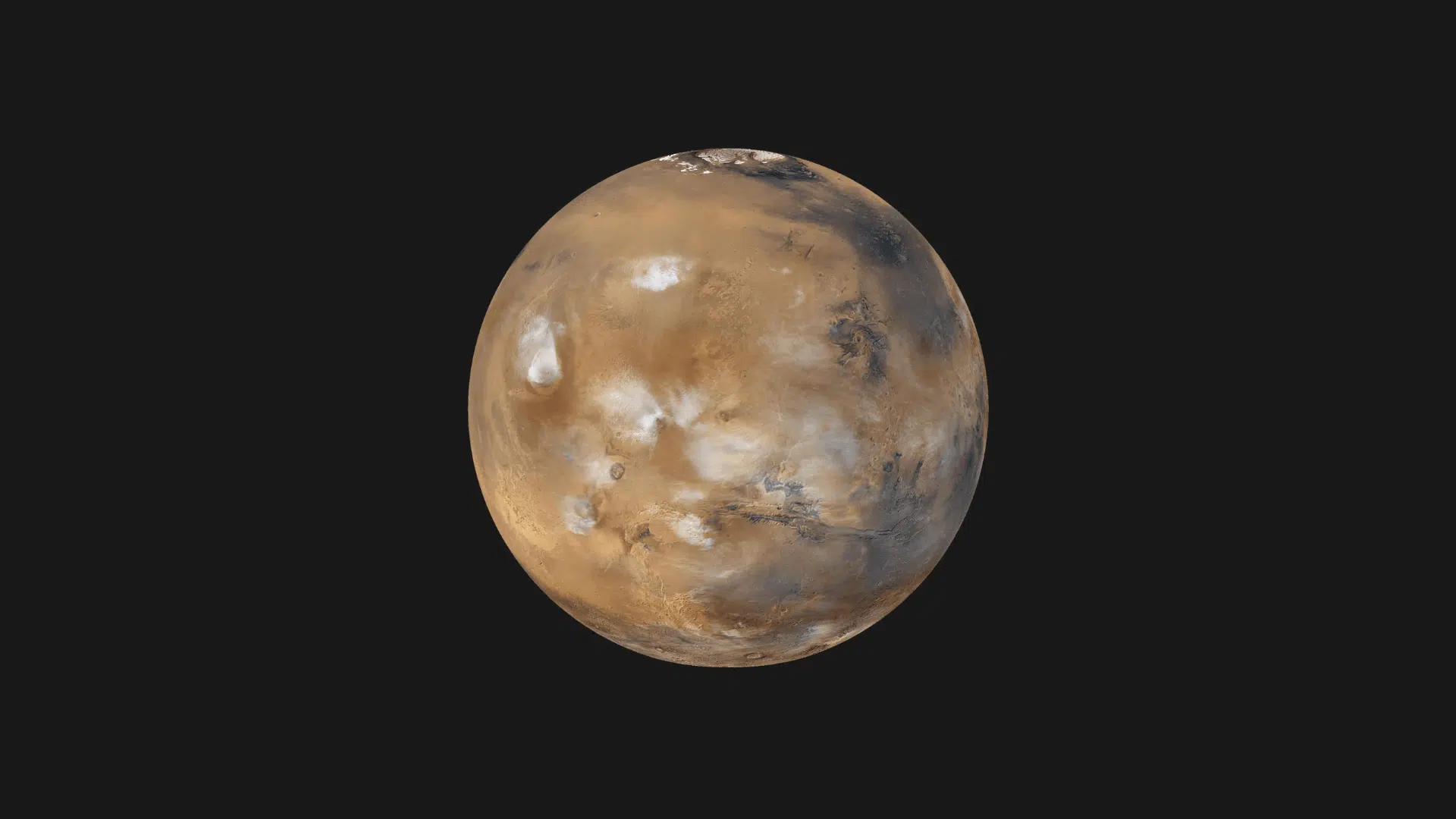

Looking at Mars through a telescope opens up a whole new world of details that cannot be seen with the naked eye. Many people are curious about what features they can actually spot when viewing Mars through a telescope from...
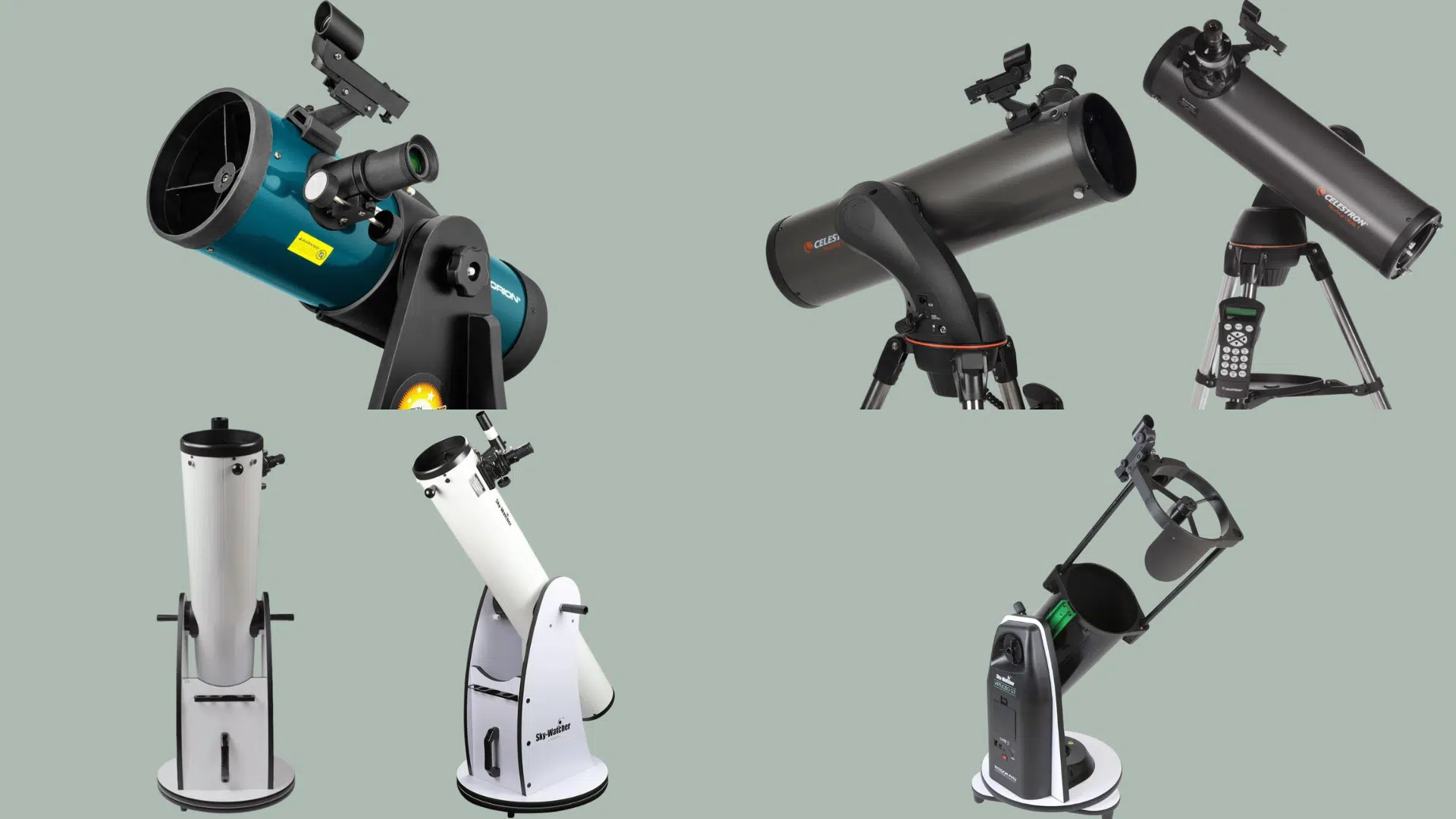

Many people dream of studying the night sky but feel overwhelmed by expensive equipment and confusing options. Finding the best budget telescope doesn’t have to be difficult or break the bank. This blog post helps readers find the best home...
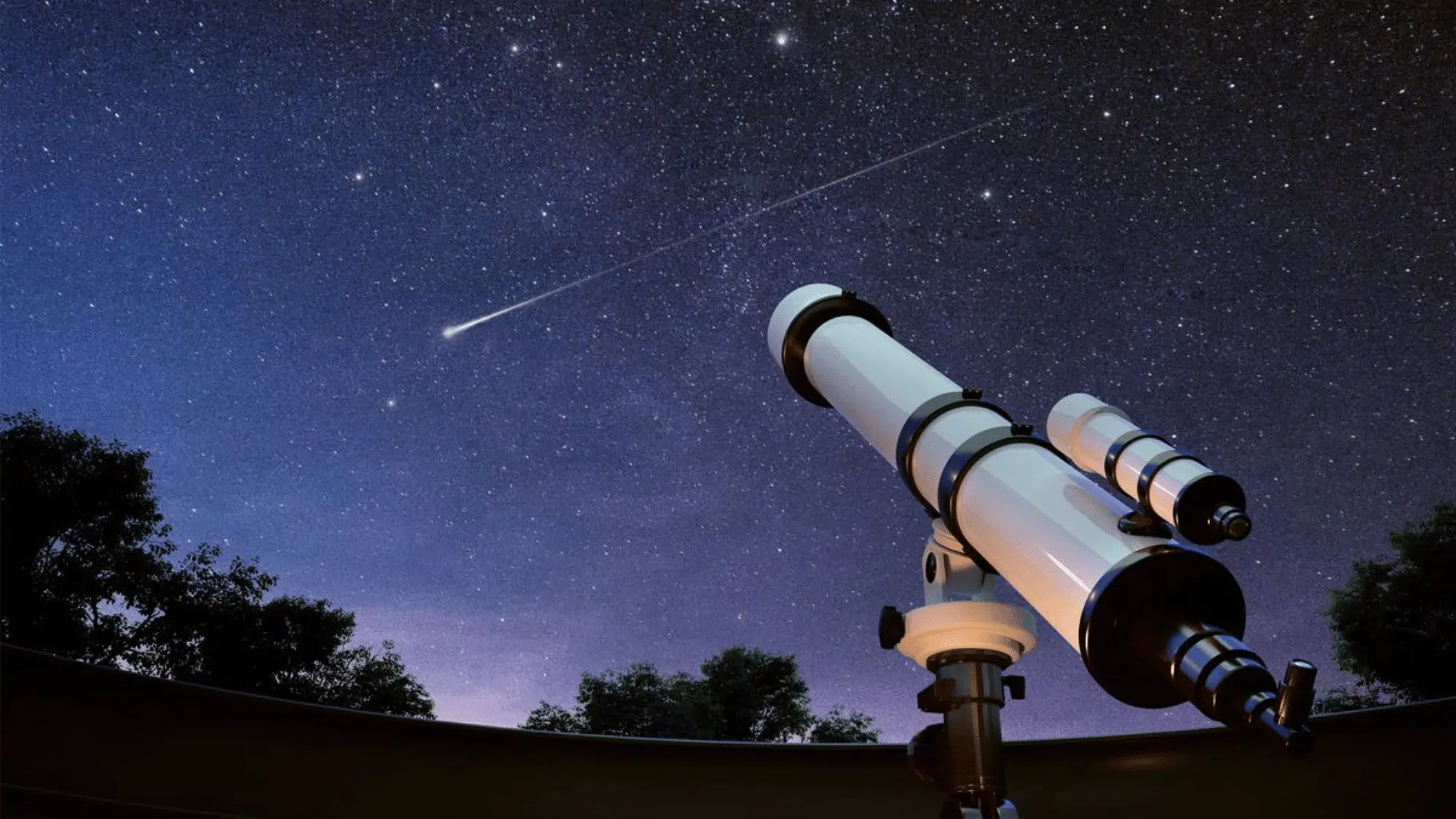

There’s something magical about gazing up at the night sky, spotting distant stars, and realizing how vast the universe really is. Telescopes make this experience even more exciting by bringing those faraway wonders closer to view. But if someone is...
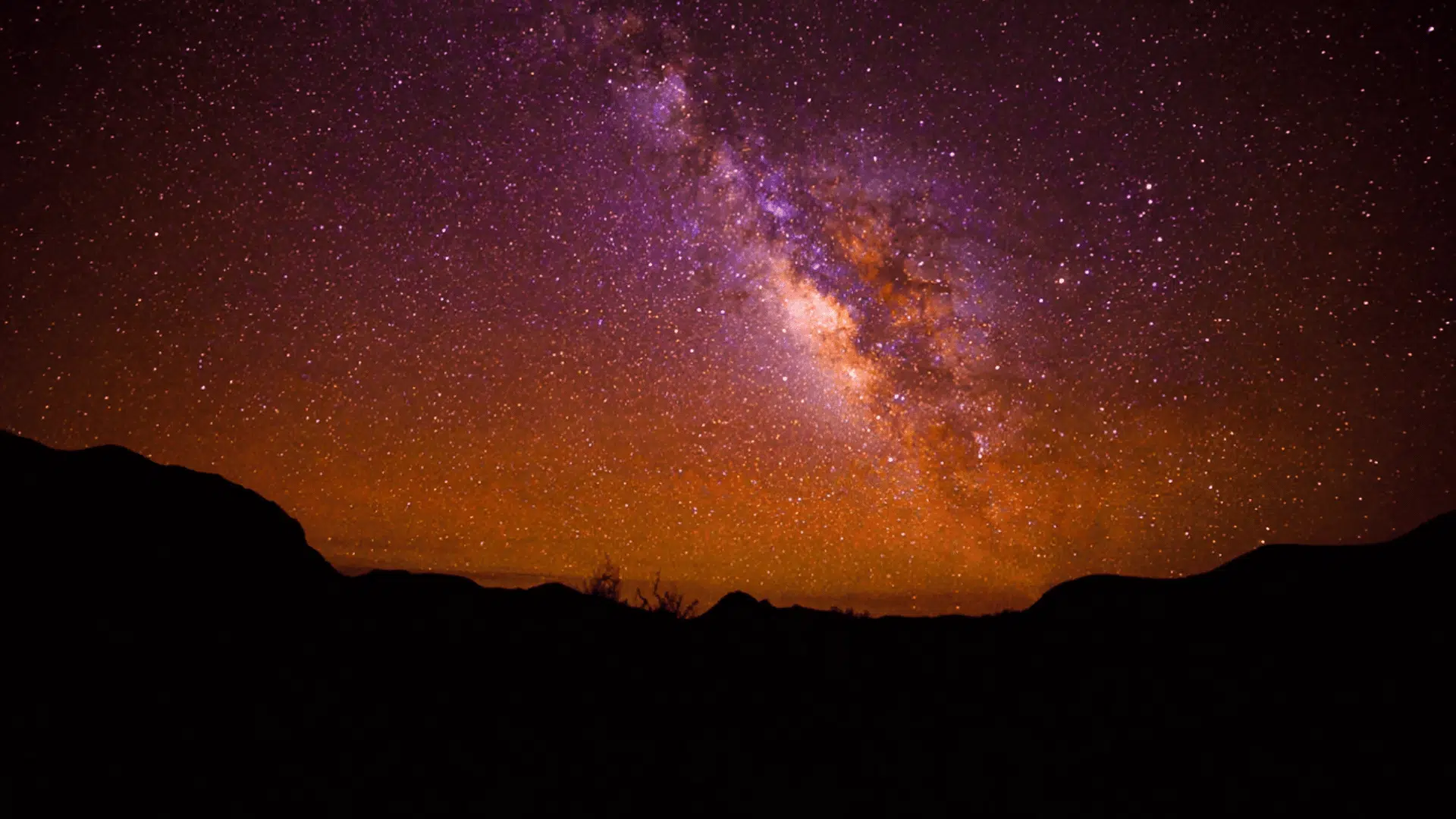

With skies untouched by city glow, Big Bend National Park offers some of the darkest views in the country, making stargazing unforgettable. Visitors are asked to follow simple rules, like using red lights instead of white flashlights, staying on paths,...
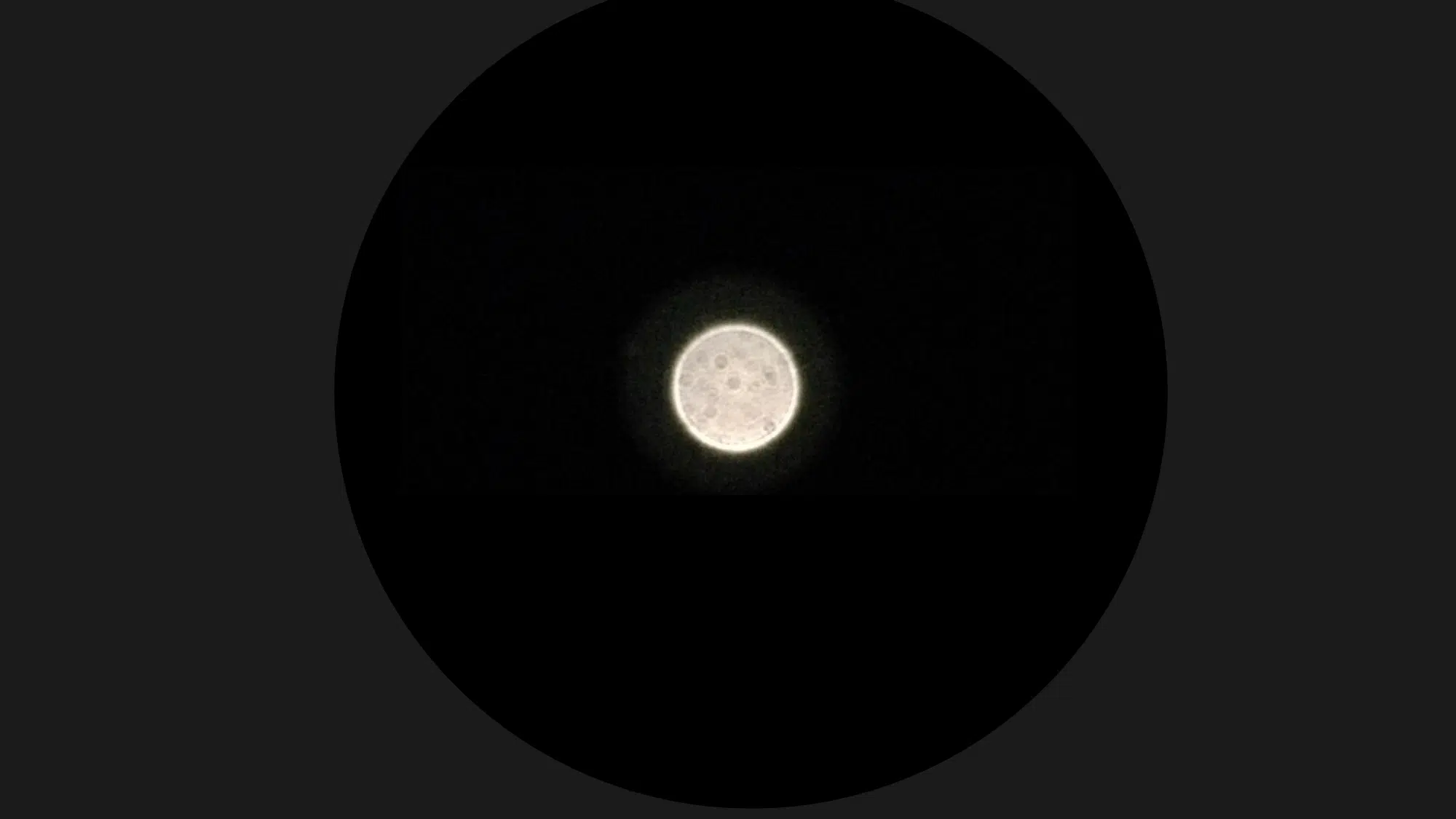

Have you ever looked up at the night sky and noticed a brilliant “star” shining just after sunset or before dawn? Chances are, it was Venus, the brightest planet in our solar system, often known as the morning star or...